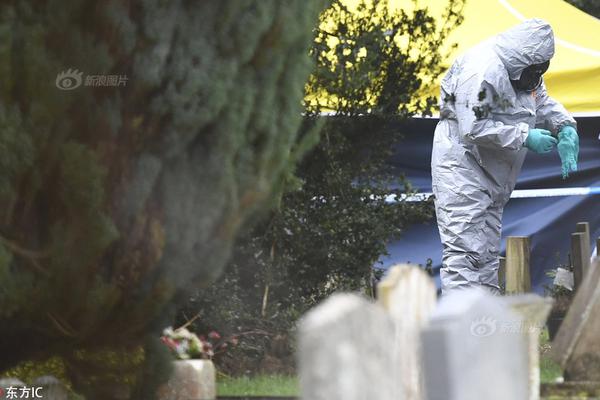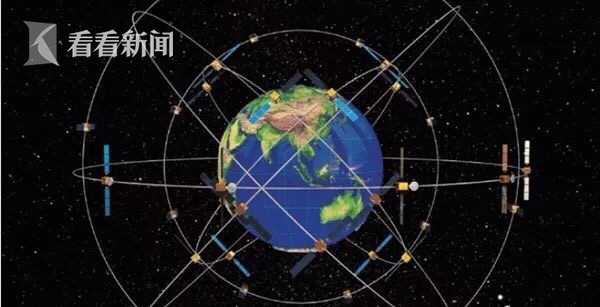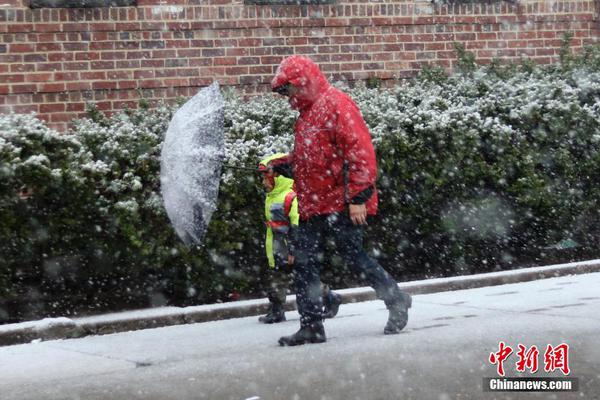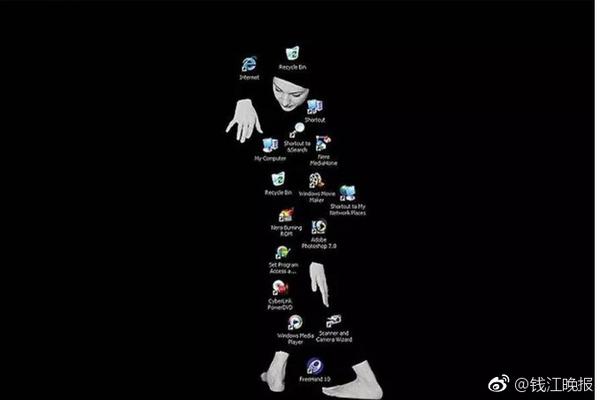
1. Absolute error = | display value - standard value | (i.e. the absolute value of the difference between the measured value and the real value) Relative error = | display value - standard value |/real value (i.e. the percentage of the real value of the absolute error) In addition, there are: system error: It is an error caused by measuring instruments, tools, fixtures, etc.
2. Calculate the error rate formula: w=F/S. Error is the measured value minus the reference value. The measured value is referred to as the measured value, which represents the measured value of the measurement result. The so-called reference quantity value is generally expressed by the true value of the quantity or the agreed quantity value. Classification of errors: Errors are divided into absolute errors and relative errors.
3. Where E is the error = measured value - real value.The difference from the standard deviation The meaning, function and scope of use of the standard deviation are different from the standard error.
4. Formula: If the error of n measured values is , then the standard error of this group of measured values is equal to: where E is the error = measured value - real value. The standard error is generally expressed by SE, which reflects the degree of variation of the sample average to the overall average, thus reflecting the size of the sampling error, which is an indicator of measuring the precision of the results.
5. The allowable error formula is nominal error = the largest absolute error/range *100%. According to the manufacturing quality of the instrument, the maximum error of various instruments is stipulated in the national standard, which is called the allowable error. The maximum allowable error refers to the error limit value allowed for a given measuring instrument, specifications, procedures, etc.
1, where E is the error = measured value - real value. The difference from the standard deviation The meaning, function and scope of use of the standard deviation are different from the standard error.
2. Calculation method of standard error: arithmetic square root of variance =s=sqrt ((x1-x)^2+(x2-x)^2+...(xn-x)^2)/(n-1). The standard error is generally used to determine the reliability of the group of measured data. Mathematically, its value is equal to the square root of the average sum of the squares of the measured value error.
3. The calculation formula of RSD is: relative standard deviation (RSD) = standard deviation (SD) / arithmetic average of the calculation result (X). Or: Relative standard deviation RSD is the coefficient of variation: the calculation formula of the coefficient of variation is: cv = S/x (averan) × 100. This value is usually used to indicate the precision of the analysis test results.
4. The calculation formula is as follows: the estimated standard error is an indicator of the relative deviation between the actual value and its estimated value, which is mainly used to measure the representativeness of the regression equation.
5. The standard deviation calculation formula is S=Sqr (∑(xn-x dial)^2/(n-1) In the formula, ∑ represents the sum, x dial represents the arithmetic average of x, ^2 represents the quadratic square, and Sqr represents the square root. Standard deviation is a statistical term.
6. The calculation formula for the standard error is that the standard error is equal to the root sign of the standard deviation divided by N.

System error: is the error caused by measuring instruments, tools, fixtures, etc. Accidental error: It is an accidental error caused by the operator's operation (or external factors). It only represents my personal opinion. If you don't like it, don't comment. Thank you.
The calculation formula is: error = (the largest absolute error) / range x100%.Error is the measured value minus the reference value. The measured value is referred to as the measured value, which represents the measured value of the measurement result. The so-called reference quantity value is generally expressed by the true value of the quantity or the agreed quantity value.
According to the definition, absolute error and relative error are converted into formulas: absolute error = | measured value - real value |; relative error = | measured value - real value |/real value. It can be seen from the formula that the absolute error represents the absolute value of the difference between the measured value and the real value, and the percentage of the real value accounted for by the relative error.
casino plus free 100-APP, download it now, new users will receive a novice gift pack.
1. Absolute error = | display value - standard value | (i.e. the absolute value of the difference between the measured value and the real value) Relative error = | display value - standard value |/real value (i.e. the percentage of the real value of the absolute error) In addition, there are: system error: It is an error caused by measuring instruments, tools, fixtures, etc.
2. Calculate the error rate formula: w=F/S. Error is the measured value minus the reference value. The measured value is referred to as the measured value, which represents the measured value of the measurement result. The so-called reference quantity value is generally expressed by the true value of the quantity or the agreed quantity value. Classification of errors: Errors are divided into absolute errors and relative errors.
3. Where E is the error = measured value - real value.The difference from the standard deviation The meaning, function and scope of use of the standard deviation are different from the standard error.
4. Formula: If the error of n measured values is , then the standard error of this group of measured values is equal to: where E is the error = measured value - real value. The standard error is generally expressed by SE, which reflects the degree of variation of the sample average to the overall average, thus reflecting the size of the sampling error, which is an indicator of measuring the precision of the results.
5. The allowable error formula is nominal error = the largest absolute error/range *100%. According to the manufacturing quality of the instrument, the maximum error of various instruments is stipulated in the national standard, which is called the allowable error. The maximum allowable error refers to the error limit value allowed for a given measuring instrument, specifications, procedures, etc.
1, where E is the error = measured value - real value. The difference from the standard deviation The meaning, function and scope of use of the standard deviation are different from the standard error.
2. Calculation method of standard error: arithmetic square root of variance =s=sqrt ((x1-x)^2+(x2-x)^2+...(xn-x)^2)/(n-1). The standard error is generally used to determine the reliability of the group of measured data. Mathematically, its value is equal to the square root of the average sum of the squares of the measured value error.
3. The calculation formula of RSD is: relative standard deviation (RSD) = standard deviation (SD) / arithmetic average of the calculation result (X). Or: Relative standard deviation RSD is the coefficient of variation: the calculation formula of the coefficient of variation is: cv = S/x (averan) × 100. This value is usually used to indicate the precision of the analysis test results.
4. The calculation formula is as follows: the estimated standard error is an indicator of the relative deviation between the actual value and its estimated value, which is mainly used to measure the representativeness of the regression equation.
5. The standard deviation calculation formula is S=Sqr (∑(xn-x dial)^2/(n-1) In the formula, ∑ represents the sum, x dial represents the arithmetic average of x, ^2 represents the quadratic square, and Sqr represents the square root. Standard deviation is a statistical term.
6. The calculation formula for the standard error is that the standard error is equal to the root sign of the standard deviation divided by N.

System error: is the error caused by measuring instruments, tools, fixtures, etc. Accidental error: It is an accidental error caused by the operator's operation (or external factors). It only represents my personal opinion. If you don't like it, don't comment. Thank you.
The calculation formula is: error = (the largest absolute error) / range x100%.Error is the measured value minus the reference value. The measured value is referred to as the measured value, which represents the measured value of the measurement result. The so-called reference quantity value is generally expressed by the true value of the quantity or the agreed quantity value.
According to the definition, absolute error and relative error are converted into formulas: absolute error = | measured value - real value |; relative error = | measured value - real value |/real value. It can be seen from the formula that the absolute error represents the absolute value of the difference between the measured value and the real value, and the percentage of the real value accounted for by the relative error.
bingo plus update today Philippines
author: 2025-02-05 19:32 European Cup live
European Cup live
565.98MB
Check DigiPlus Philippine
DigiPlus Philippine
261.93MB
Check UEFA Champions League live streaming free
UEFA Champions League live streaming free
149.47MB
Check UEFA Champions League live
UEFA Champions League live
394.77MB
Check European Cup live
European Cup live
462.97MB
Check Arena plus APK
Arena plus APK
748.42MB
Check casino plus free 100
casino plus free 100
944.76MB
Check Casino Plus app
Casino Plus app
687.68MB
Check UEFA Champions League live streaming app
UEFA Champions League live streaming app
786.67MB
Check Europa League app
Europa League app
288.49MB
Check DigiPlus
DigiPlus
199.58MB
Check Hearthstone deck
Hearthstone deck
613.57MB
Check Hearthstone Arena Tier List
Hearthstone Arena Tier List
154.24MB
Check Casino Plus app
Casino Plus app
335.72MB
Check UEFA Champions League live streaming app
UEFA Champions League live streaming app
457.43MB
Check Casino free 100 no deposit
Casino free 100 no deposit
794.76MB
Check DigiPlus
DigiPlus
237.59MB
Check Arena Plus login
Arena Plus login
423.31MB
Check Casino Plus free 100
Casino Plus free 100
569.61MB
Check UEFA Europa League
UEFA Europa League
769.26MB
Check Hearthstone Arena class tier list 2024
Hearthstone Arena class tier list 2024
773.89MB
Check Casino Plus app
Casino Plus app
944.53MB
Check UEFA European championship
UEFA European championship
321.88MB
Check UEFA European championship
UEFA European championship
464.78MB
Check Hearthstone deck
Hearthstone deck
867.31MB
Check UEFA TV
UEFA TV
824.97MB
Check Hearthstone Arena Tier List
Hearthstone Arena Tier List
116.52MB
Check Hearthstone arena deck Builder
Hearthstone arena deck Builder
292.44MB
Check bingo plus update today Philippines
bingo plus update today Philippines
328.77MB
Check casino plus free 100
casino plus free 100
882.68MB
Check Arena Plus login
Arena Plus login
832.87MB
Check Bingo Plus stock
Bingo Plus stock
544.77MB
Check Hearthstone arena deck Builder
Hearthstone arena deck Builder
479.11MB
Check DigiPlus
DigiPlus
223.75MB
Check Hearthstone deck
Hearthstone deck
771.96MB
Check casino plus free 100
casino plus free 100
752.66MB
Check
Scan to install
casino plus free 100 to discover more
Netizen comments More
2786 UEFA EURO
2025-02-05 19:17 recommend
999 UEFA Champions League standings
2025-02-05 18:48 recommend
2598 DigiPlus Philippine
2025-02-05 18:35 recommend
1019 DigiPlus fair value
2025-02-05 18:27 recommend
2673 Casino redeem
2025-02-05 17:33 recommend